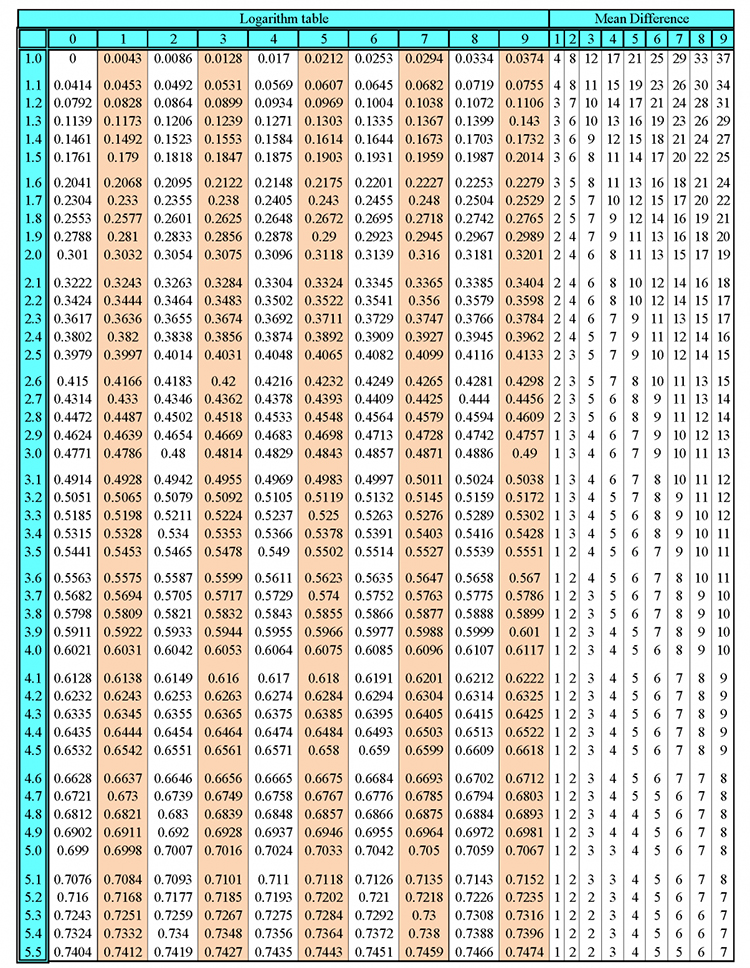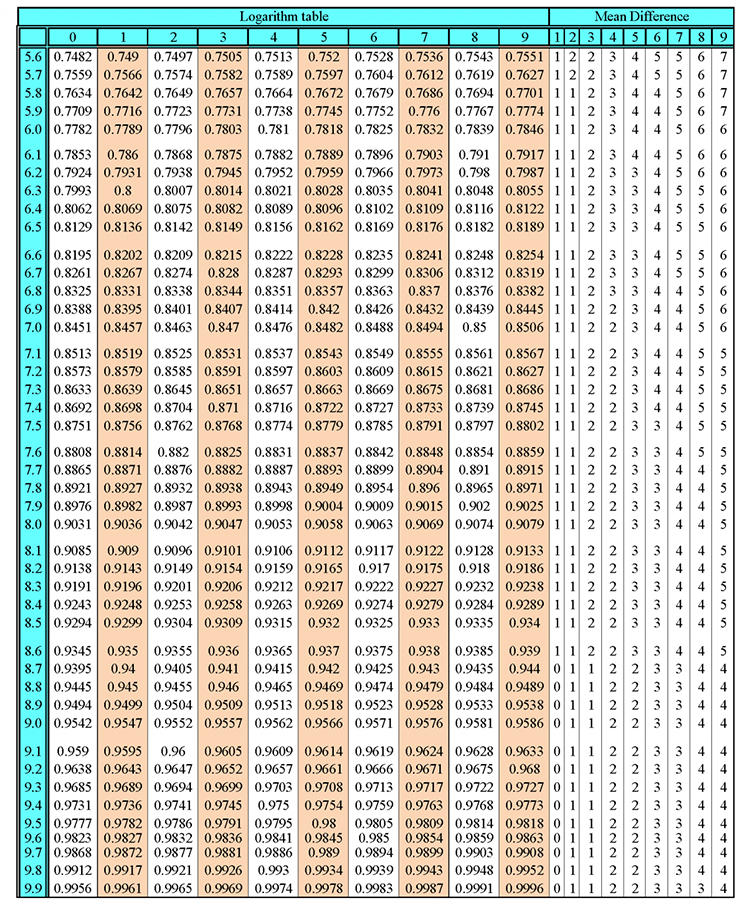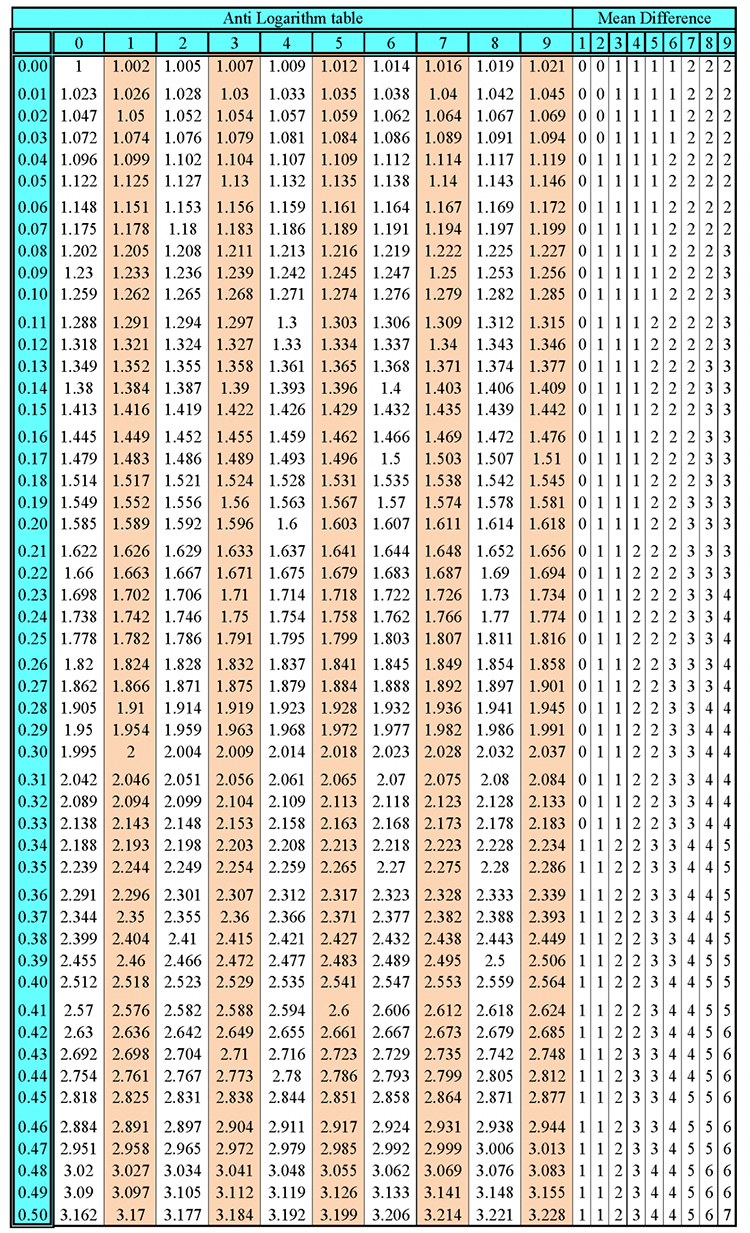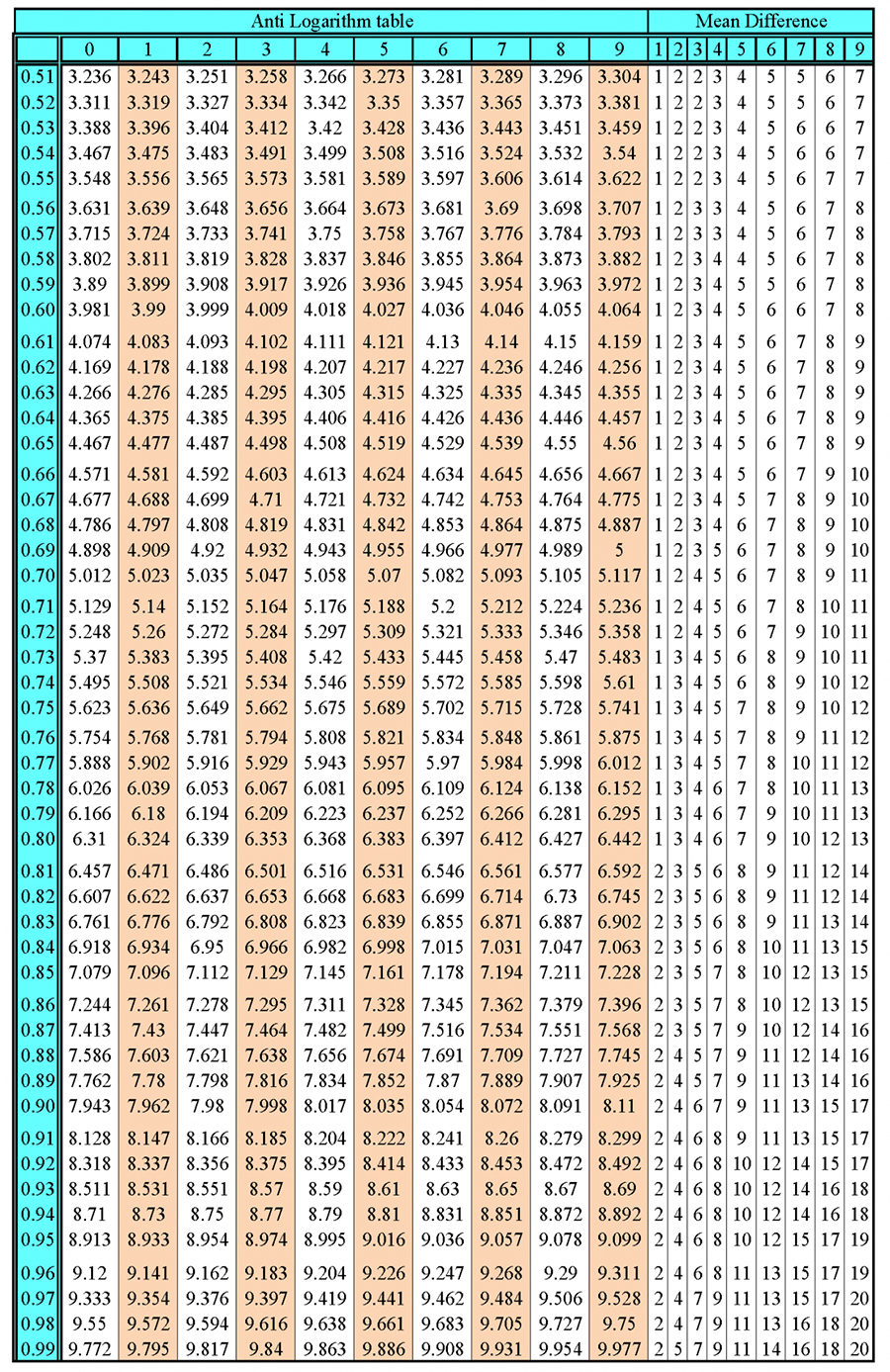Colon – indicates added detail/gives explanation
The colon : is used after a statement to add detail (an explanation).
Or is used to introduce an explanation or a list (shows where a list starts).
To remember what a colon looks like:
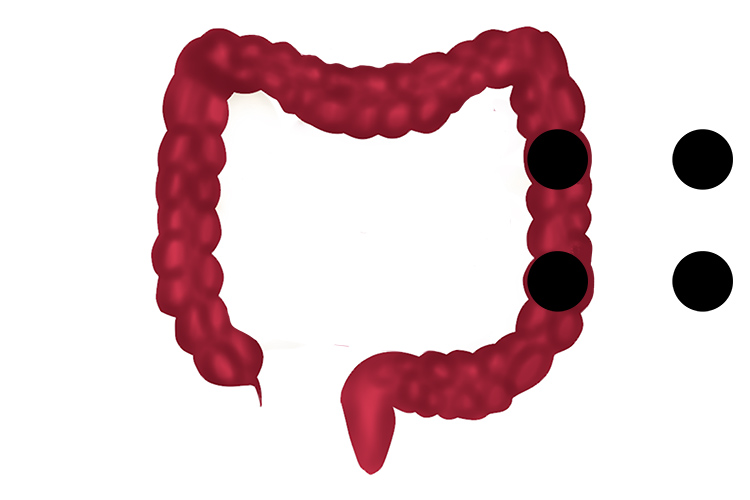
Two sections of a human colon resemble a written colon.
To remember the use of colon, consider that it resembles car headlamps seen from above:
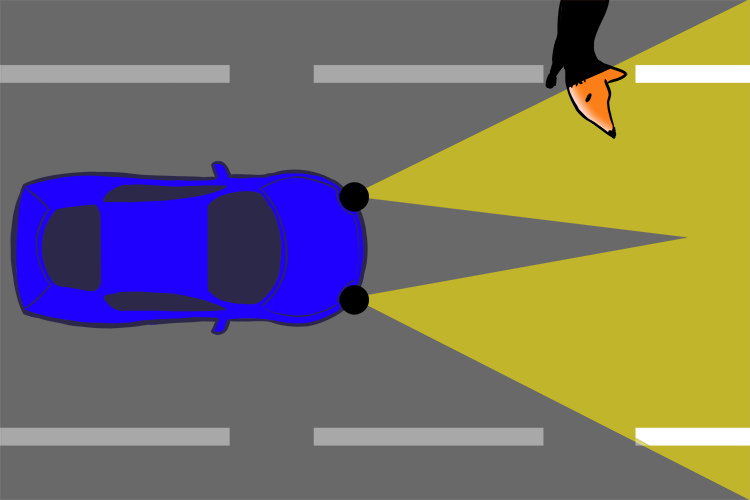
The car headlamps (headlamps resemble a colon) throw light ahead, showing more detail at night.
A colon resembles a pair of car headlamps: it points forward, revealing more detail.
Colon provides more detail/explanation
Examples
1. It’s good for your health to eat apples: these fruits energise your body.
2. They now knew the true identity of the force they faced: the entire army of the Black Planet.
Colon used to introduce a series or list (shows where a list starts)
Examples
1. I bought three items: a pen, a notebook, and a mug.
2. There are three choices in life: be good, get good, or give up.
(Another way to remember this is that if the colon was just a comma, it wouldn’t be so clear as to where the list starts).
